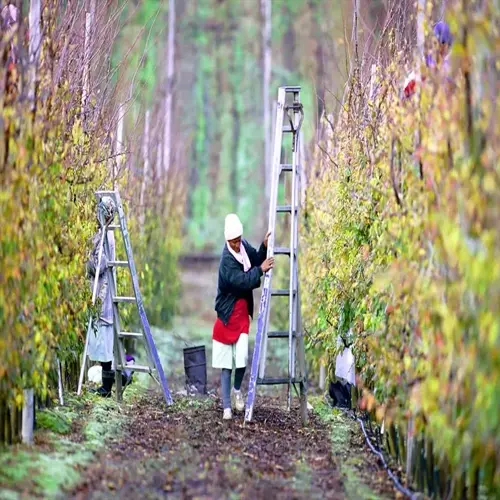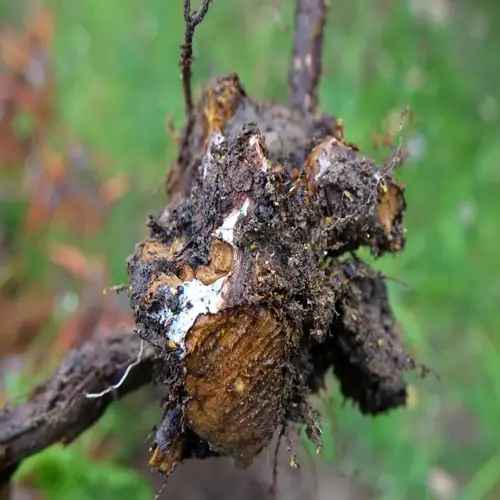How should I prune severely overgrown rose bushes?

Written by
Nguyen Minh
Reviewed by
Prof. Samuel Fitzgerald, Ph.D.Restoring badly overgrown rose bushes takes patience and a three-year process. Severe cutting sends the plant into shock, which results in a decline. I learned this when I was reviving my grandmother's abandoned garden. Moderate renovation allows the plant to recover while capitalizing on progress. This method minimizes new growth while maintaining the current flower blooms.
Year 1: Initial Reduction
- Remove all dead and diseased wood completely
- Cut 30% oldest canes at ground level
- Identify oldest canes by thick woody bark
- Preserve healthy young growth for blooms
Year 2: Structural Refinement
- Eliminate another 30% of remaining old canes
- Begin training new basal shoots outward
- Thin crowded centers for light penetration
- Maintain vase-shaped framework
Year 3: Final Shaping
- Remove last original overgrown canes
- Shape new canes into balanced structure
- Cut back new growth by one-third
- Establish permanent renewal cycle
Specialty tools simplify renovation work. Loppers are created for cutting heavy, old canes, while bypass pruners work on smaller stems. I wear forearm guards to protect against thorns while digging into dense bushes. When removing dead wood or diseased material, always disinfect tools between cuts.
Nutrition aids recovery. During growing seasons, use half-strength liquid fertilizer once a month. Fertilizer should be applied gently to avoid burning the tender roots. I prefer to use fish emulsion for organic nutrition. Weak plants require special attention to rebuild and strengthen.
Winter protection for your newly renovated bushes: after the ground is frozen, mound soil at the bases of all the plants. In colder areas, wrap the graft unions in burlap. Many years ago, I lost my first-year plants when it got very low and warm in early winter. This has paid off for me in protecting against dieback on vulnerable new growth.
Examine plants that have lost vigor for insect pests. Aphids primarily target tender new shoots. Spray insecticidal soap immediately upon first sighting. I examine the plants every day during the recovery phases. Being diligent is better than having to recover due to a plant pest. It can take more time than expected to rebuild the renovation timelines.
Read the full article: Ultimate Rose Bush Pruning Guide

